It was called Operation Tungsten.
It was designed as a daring dive-bomber attack against the huge German battleship Tirpitz, sister to the Bismarck. Leading the dive bombers was a young Canadian.

With its massive guns, Tirpitz posed an extremely dangerous threat to Allies shipping, capable of hitting a ship with an 800kg shell from 36 km away. It was a threat that the Allies could not ignore.
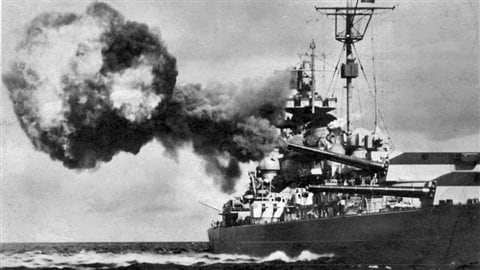
In late 1943 with the D-day landings being planned, it was deemed necessary to eliminate Tirpitz and the danger it posed. The decision was to send carrier-borne dive bombers in two waves, protected from German aircraft by fighters which would also strafe anti-aircraft gun positions.
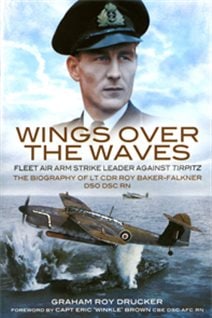
The dive bombers would be led by Lt Cdr Roy Baker-Falkner of Victoria, British Columbia. A superb pilot and leader, he survived numerous very dangerous operations in Swordfish to become, at just 27, a Lt Commander and the Wing Leader of two squadrons of Fairey-Barracudas operating off Norway.
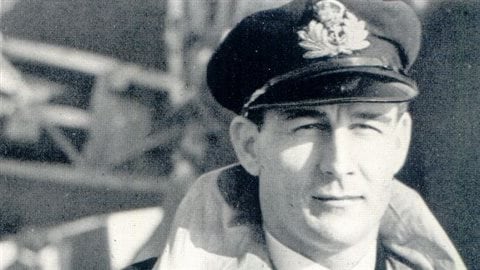
The attack against the German battleship would involve two waves of bombers and fighter escorts. Early in the morning of April 03 the first wave arrived over the fjord
As the fighters strafed the ship and AA guns, the Barracudas dove on Tirpitz hitting it with three 500lb bombs, two 1,600lb bombs and a general purpose bomb with several other strikes also causing damage.
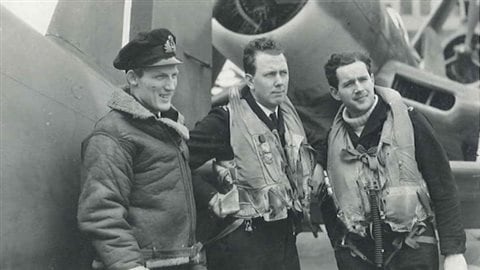
A second wave of fighters and dive bombers then made their run, inflicting further damage, with a total of 14 hits on the ship..
While the Tirpitz was not destroyed, the raid was a success as damage kept the ship out of action and any possibility of participation against the D-Day landings.
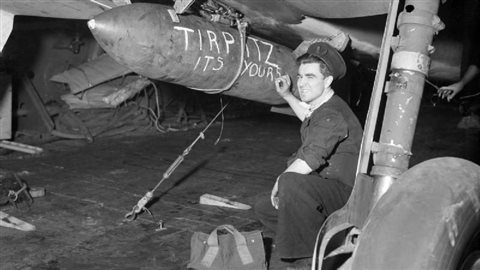
Alas the hero of Tungsten, the Canadian who led his wing on the two successful raids against Tirpitz was lost in the summer of 1944 when he failed to return to Furious from an anti-submarine patrol.
As for Tirpitz, the April raid, would prevent it from sailing again as later raids by heavy bombers caused further damage, eventually sinking it in another fjord in November 1944.
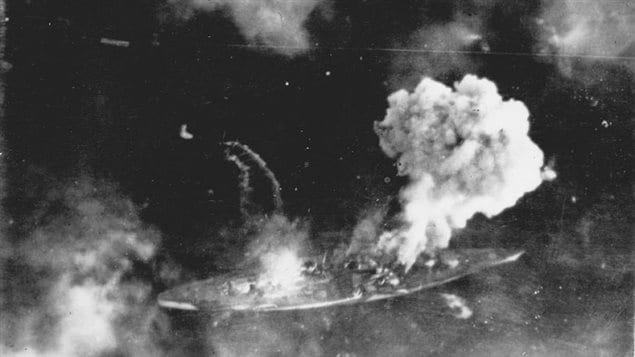






For reasons beyond our control, and for an undetermined period of time, our comment section is now closed. However, our social networks remain open to your contributions.